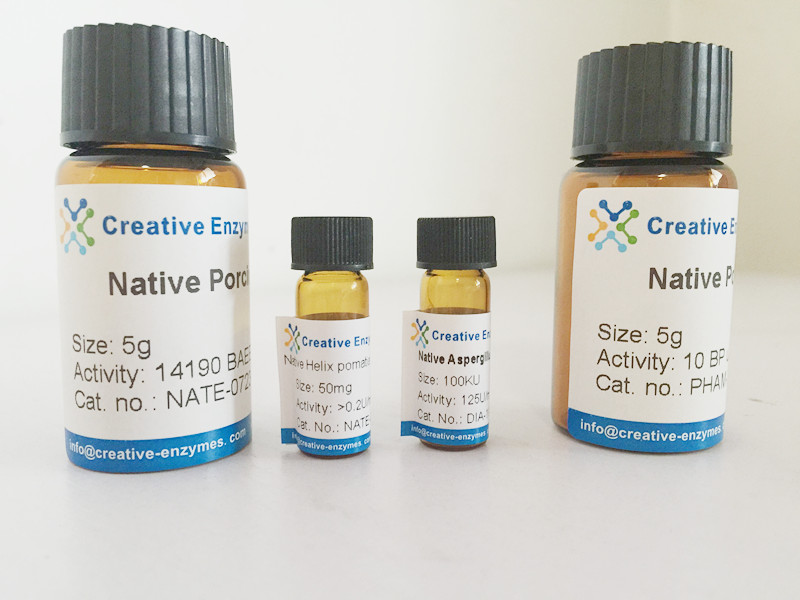| Message: | Laccases are copper-containing oxidase enzymes that are found in many plants, fungi, and microorganisms. The copper is bound in several sites; Type 1, Type 2, and/or Type 3. The ensemble of types 2 and 3 copper is called a trinuclear cluster. Type 1 copper is available to action of solvents, such as water. It can be displaced by mercury, substituted by cobalt or removed via a copper complexone. Removal of type 1 copper causes a decrease in laccase activity. Cyanide can remove all copper from the enzyme however re-embedding with type 1 and type 2 copper has been shown to be impossible. Type 3 copper however can be embed back into the enzyme. Laccases act on phenols and similar molecules, performing a one-electron oxidations, which remain poorly defined. It is proposed that laccases play a role in the formation of lignin by promoting the oxidative coupling of monolignols, a family of naturally occurring phenols. Laccases can be polymeric, and the enzymatically active form can be a dimer or trimer. Other laccases, such as ones produced by the fungus Pleurotus ostreatus, play a role in the degradation of lignin, and can therefore be included in the broad category of ligninases.https://www.creative-enzymes.com/product/Native-Coriolus-Versicolor-Laccase_1583.html
|
 my account
my account
 log out
log out
 my account
my account
 log out
log out
